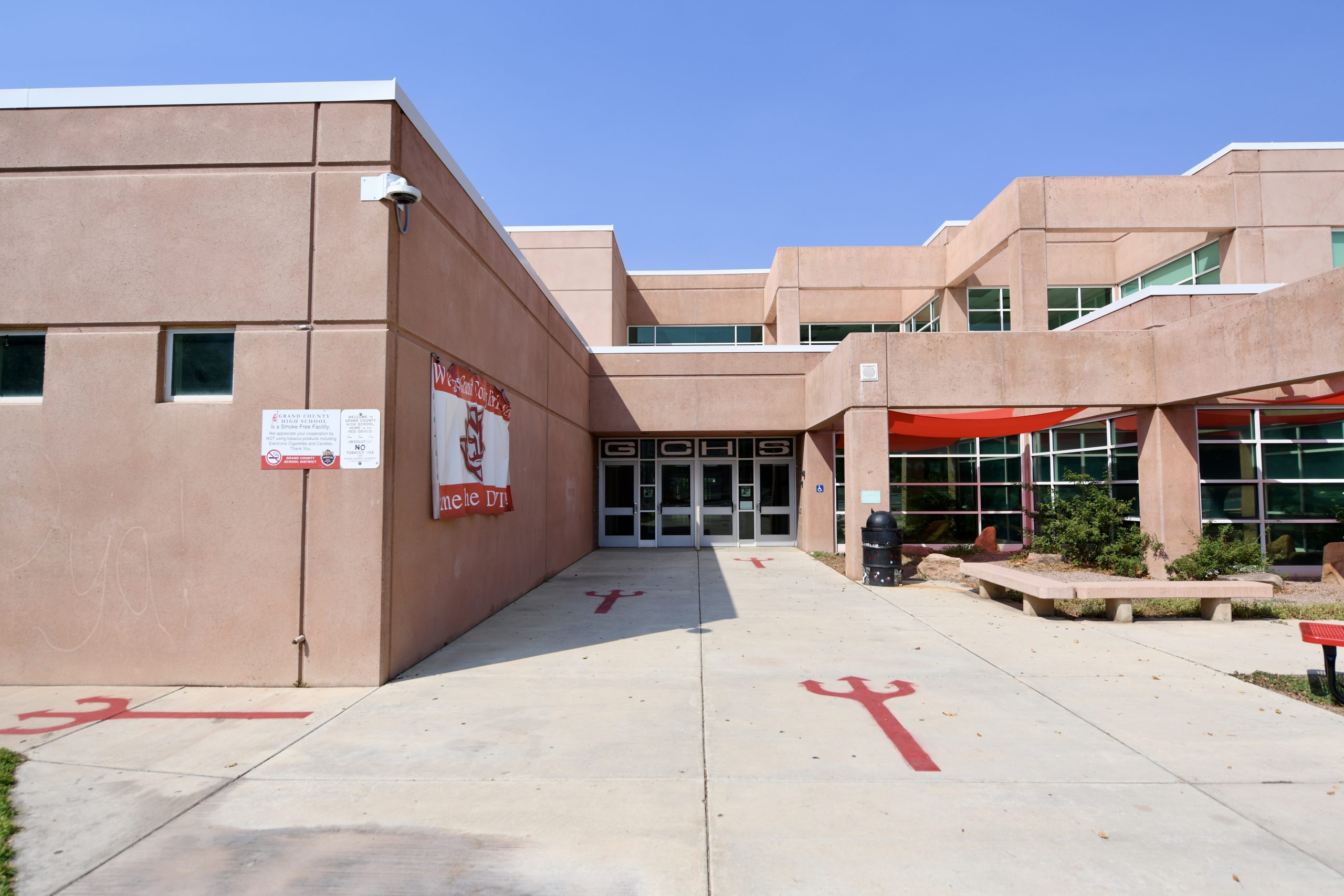Some information may be outdated.
Student Career and Success Center opens, seeking to lower local drop-out rates
Last year, the graduation rate at Grand County High School was 73%—a drop from 85% the year prior.
And that’s only counting the students who made it to senior year before dropping out: according to Cari Caylor, the director of Career and Technical Education at the high school, freshman classes hover around 130 students, while senior classes are 100 students.
“We lose more and more kids every year,” she said.
That’s why Caylor wanted to start an alternative school: a career and life skills-centered pathway to graduation for students who “have experienced interruptions to their formal education and are at most risk for dropout from high school, referral to the courts and the Juvenile Justice System, or Division of Children and Family Services involvement,” according to a proposal she sent to the Grand County Commission in June.
Her ask—for $221,500 to fund the first year of operations from the Transient Room Tax funds—was approved. The school is called the “Student Career and Success Center,” and will be housed in the Moab Community Resource Center.
According to Caylor, there are 136 students across the district’s middle and high school who are at risk of not graduating. CTE programs are proven to help students graduate: though last year’s graduation rate was 73%, 86% of CTE students graduated.
“We know that if students have a career focus, or if they have a reason for wanting to be at school, they’re more likely to graduate,” Caylor said.
The SCSC is designed to be extremely flexible. Students who attend the school still have to enroll through Grand County High School, and from there, their SCSC schedule will be individualized. There are five levels of participation, Caylor said, from level one—students take classes at both the SCSC and the high school—to level five, where students are only taking classes with SCSC.
SCSC classes will be split into three two-hour blocks. Most classes will be offered online—the school uses a program called Imagine Edgenuity—but students will also be able to earn credits through hands-on, project-based learning, which Caylor said she’s still figuring out the details for. Because each student will receive individualized learning, the school will be able to sort out a schedule and a number of classes most “conducive to success.”
The current GCHS diploma requires 32 credits to graduate, but the state diploma, which SCSC students would earn, only requires 24.
Classes will start on Tuesday, September 5, Caylor said. She’s hiring two lead teachers, and wants to maintain a ratio of one teacher to eight students—so for this year, the school can only enroll 16 students. Teachers will play the traditional teaching role, but will also be advisors, mentors, and counselors to the students: the program “strives to create a sense of community among teachers, staff, and students,” according to the proposal.
The content and curriculum will be entirely new, Caylor said: “We’re building this plane as we’re flying.” But individualized learning—in academia, it’s called “Tier 3”—is becoming more popular statewide as schools across the country learn to adapt to new student needs, Caylor said.
“It takes a village to make sure that our students are healthy,” she said. “We really do have a lot of support right now, but I think some eyes have been opened to the fact that our graduation rate is poor… We need everyone to recognize that our youth need support.”
Appreciate the coverage? Help keep local news alive.
Chip in to support the Moab Sun News.





